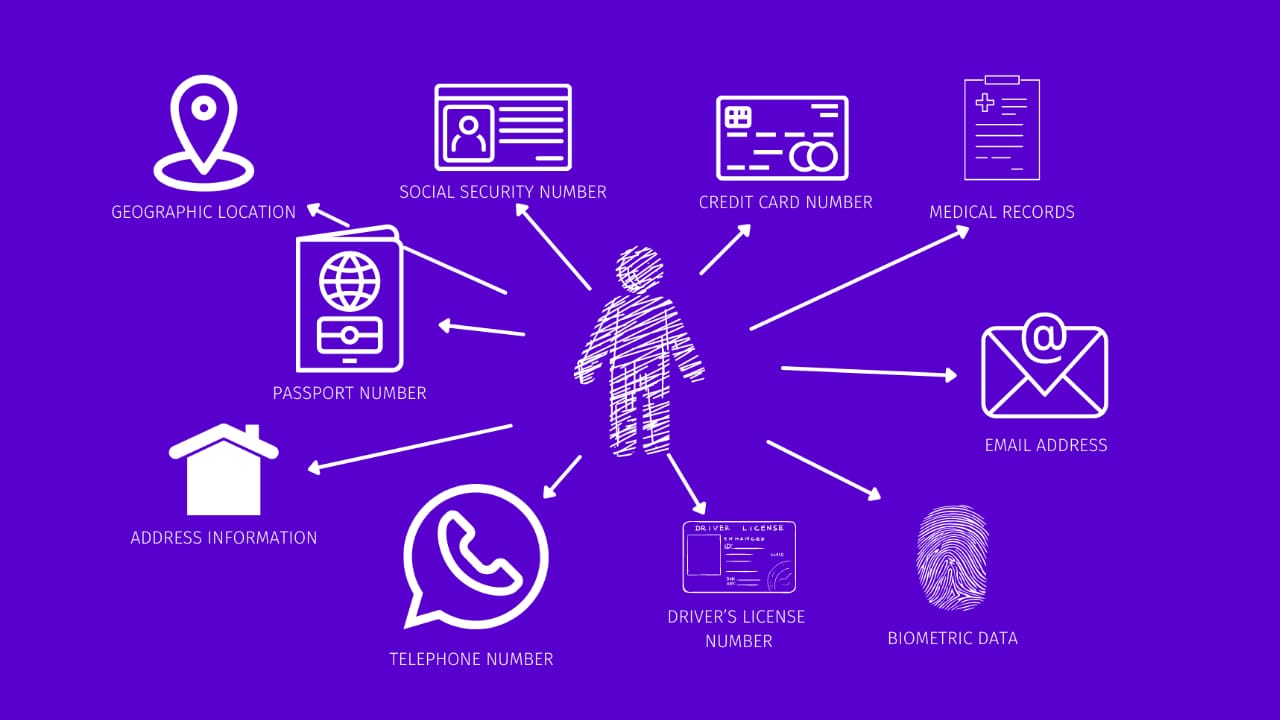PII, Data Governance, and Workflow Automation: What Enterprises Must Get Right

Managing Personally Identifiable Information (PII) has become one of the most critical responsibilities for modern enterprises. Between strict data privacy regulations and the rising use of workflow automation platforms, the margin for error is thin. Mishandling PII can trigger not only financial penalties but also reputational damage that no automation efficiency can outweigh.
This guide explores how organizations can align data governance with workflow automation, what pitfalls to avoid, and which enterprise-grade tools are designed for compliant, secure data processing.
Why PII Requires Enterprise-Level Discipline
PII includes any data that can identify an individual directly or indirectly: names, addresses, phone numbers, IP addresses, biometric data, or even behavioral identifiers. For enterprises operating across multiple jurisdictions, the complexity multiplies:
- Regulations vary by region: GDPR (EU), CCPA (California), LGPD (Brazil), and PDPA (Singapore) each introduce different requirements.
- Consent and purpose limitation: Enterprises must demonstrate that PII is collected lawfully, for a specific purpose, and only retained as long as necessary.
- Data minimization and encryption: Reducing the PII footprint and protecting it in transit and at rest is non-negotiable.
Enterprises that rely heavily on automation workflows face added risks: PII often flows through multiple systems, APIs, and integrations. Without robust governance, it becomes nearly impossible to track, secure, and audit.
The Intersection of Data Governance and Workflow Automation
Data governance is the framework of rules, policies, and procedures that ensures data is handled properly across the organization. In practice, it touches on:
- Access control: Who can view, process, or modify PII within automated workflows?
- Lineage tracking: Can the enterprise trace where each piece of data originated and where it moves?
- Auditability: Are compliance checks built into workflows, with clear logs for regulators?
When automation is layered on top, governance must evolve. Tools like Make.com, Zapier, or n8n offer incredible flexibility, but without an enterprise governance layer, they can become shadow IT. This is where enterprise-grade platforms differentiate themselves, offering governance as a first-class feature.
Common Pitfalls Enterprises Face
- Uncontrolled Data Sprawl
Workflows that duplicate PII into spreadsheets, CRMs, and marketing tools without lifecycle management lead to compliance breaches. - Lack of Role-Based Access Control (RBAC)
Giving every team member full access to sensitive records is a recipe for insider threats and unintentional leaks. - Opaque Third-Party Integrations
Many automation tools connect to hundreds of SaaS platforms. If one lacks SOC 2 or ISO 27001 certification, your governance framework collapses. - Absence of Real-Time Monitoring
Static compliance checklists don’t cut it. Enterprises need continuous monitoring of PII flows.
Enterprise-Grade Tools for PII and Workflow Governance
1. Data Integration and Orchestration Platforms
- Informatica Intelligent Cloud Services: Rich governance features, metadata management, and GDPR compliance out of the box.
- Talend Data Fabric: Combines integration with data quality and stewardship controls.
- MuleSoft: Strong API governance with encryption and policy enforcement at scale.
2. Workflow Automation with Governance Layers
- UiPath: While known for RPA, it integrates with data governance policies and offers audit-ready logs.
- Workato Enterprise Automation: Includes RBAC, SOC 2 compliance, and advanced monitoring.
- Microsoft Power Automate (Enterprise): Benefits from Azure security, compliance certifications, and governance via Microsoft Purview.
3. Data Governance and Cataloging
- Collibra: Enterprise-grade data governance and cataloging, ensuring data lineage and stewardship.
- Alation: Metadata management with strong compliance tracking.
- Microsoft Purview: Integrated governance and compliance across Azure and Microsoft ecosystem.
4. Monitoring and Compliance
- BigID: Specialized in PII discovery and governance, integrating with automation workflows.
- OneTrust: Widely used for privacy compliance, with APIs to integrate into workflows.
Best Practices for Enterprises
- Embed Governance Into Workflow Design
Automation should not bypass governance. Each workflow must respect policies for PII storage, transfer, and deletion. - Use Encryption End-to-End
Tokenization and field-level encryption should apply whether data is in your CRM, moving through APIs, or being processed by bots. - Automated Data Retention Policies
Workflows should automatically purge PII after retention periods. Manual oversight is too risky at scale. - Centralize Monitoring
A single dashboard showing all PII flows across automation systems helps prevent blind spots. - Vendor Risk Management
Before integrating a SaaS tool into your workflow, confirm certifications (SOC 2, ISO 27001, HIPAA if applicable).
Where Scalevise Fits In
At Scalevise, we see a recurring pattern: enterprises invest heavily in automation, but data governance often lags behind. The result is impressive operational speed coupled with hidden compliance risks.
Our approach is to design automation with governance baked in. We leverage enterprise-grade platforms, integrate compliance checks directly into workflows, and ensure PII management aligns with both business goals and regulatory obligations. Whether it’s building a governed automation layer with Workato, integrating PII discovery tools like BigID, or deploying Microsoft Purview for unified governance, Scalevise ensures automation doesn’t compromise compliance.
Conclusion
Enterprises cannot treat PII, governance, and workflow automation as separate initiatives. They are intertwined. The challenge is not just automating faster, but automating responsibly. With the right governance frameworks and enterprise-grade tools, organizations can harness the power of automation while maintaining full compliance.
The key question for every CIO: Are your workflows simply efficient, or are they also compliant and auditable?
That distinction will decide whether your automation strategy drives sustainable growth or regulatory risk.
Next Step: Want to ensure your workflows align with enterprise-grade data governance? Contact Scalevise to discuss how we can help design automation that is both efficient and compliant.
